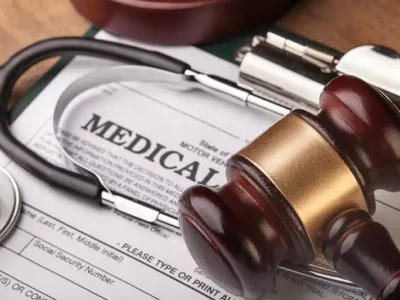Introduction
Personal injury cases can be complex and challenging to navigate, especially when they involve medical records and healthcare information. In such cases, medical chronology summaries play a crucial role in helping attorneys and legal professionals understand the intricacies of the medical aspects of the case. These summaries offer numerous benefits, facilitating a smoother and more efficient legal process. In this blog, we’ll explore the advantages of using medical chronology summaries in personal injury cases.
- Clarity and Conciseness
One of the primary benefits of medical chronology summaries is that they condense voluminous medical records into a clear and concise format. Medical records are often filled with technical jargon and repetitive information, making it difficult for legal professionals and clients to grasp the essential details. A well-organized summary streamlines the information, highlighting key events, diagnoses, treatments, and their timelines. This clarity can significantly improve communication and understanding among all parties involved in the case.
- Time and Cost Efficiency
Medical chronology summaries save time and reduce costs associated with personal injury cases. Without these summaries, attorneys and paralegals would need to sift through extensive medical records, searching for relevant information, which can be time-consuming and costly. By providing a concise overview of medical history, treatment, and progress, these summaries allow legal professionals to focus their efforts on building a stronger case.
- Improved Case Strategy
Understanding the medical aspects of a personal injury case is crucial for developing a successful legal strategy. Medical chronology summaries enable attorneys to identify patterns, inconsistencies, or gaps in the medical records, helping them build a more robust case. By having a comprehensive overview of the medical history and treatment, attorneys can better anticipate the arguments and defenses of the opposing party and prepare accordingly.
- Effective Communication
Effective communication is key in personal injury cases, especially when dealing with medical experts, insurance companies, or the opposing party. Medical chronology summaries help attorneys communicate more effectively with medical professionals by providing a clear and organized reference point for discussions and consultations. This leads to more productive conversations and ensures that all parties are on the same page regarding the medical aspects of the case.
- Enhanced Settlement Negotiations
In many personal injury cases, settlement negotiations are a critical part of the process. Medical chronology summaries can be invaluable during negotiations, as they provide a comprehensive overview of the plaintiff’s medical condition and the associated costs. This helps attorneys present a compelling case to the opposing party or insurance company, increasing the chances of achieving a fair settlement without the need for a lengthy trial.
- Stronger Courtroom Presentation
If a personal injury case goes to trial, medical chronology summaries are powerful tools for presenting evidence to the judge and jury. These summaries allow attorneys to present a clear and compelling narrative of the plaintiff’s medical journey, making it easier for the court to understand the extent of the injury, the impact on the plaintiff’s life, and the damages sought. This can significantly influence the outcome of the case in favor of the injured party.
Conclusion
Medical chronology summaries are invaluable assets in personal injury cases, offering numerous benefits that enhance efficiency, clarity, and the overall success of the legal process. By condensing complex medical records into a clear and concise format, these summaries help attorneys build stronger cases, negotiate better settlements, and present compelling evidence in court. In a legal landscape where thorough documentation and presentation of medical evidence are crucial, medical chronology summaries are indispensable tools for achieving justice and fair compensation for injured individuals.


 Commercial Lease Abstraction Services
Commercial Lease Abstraction Services